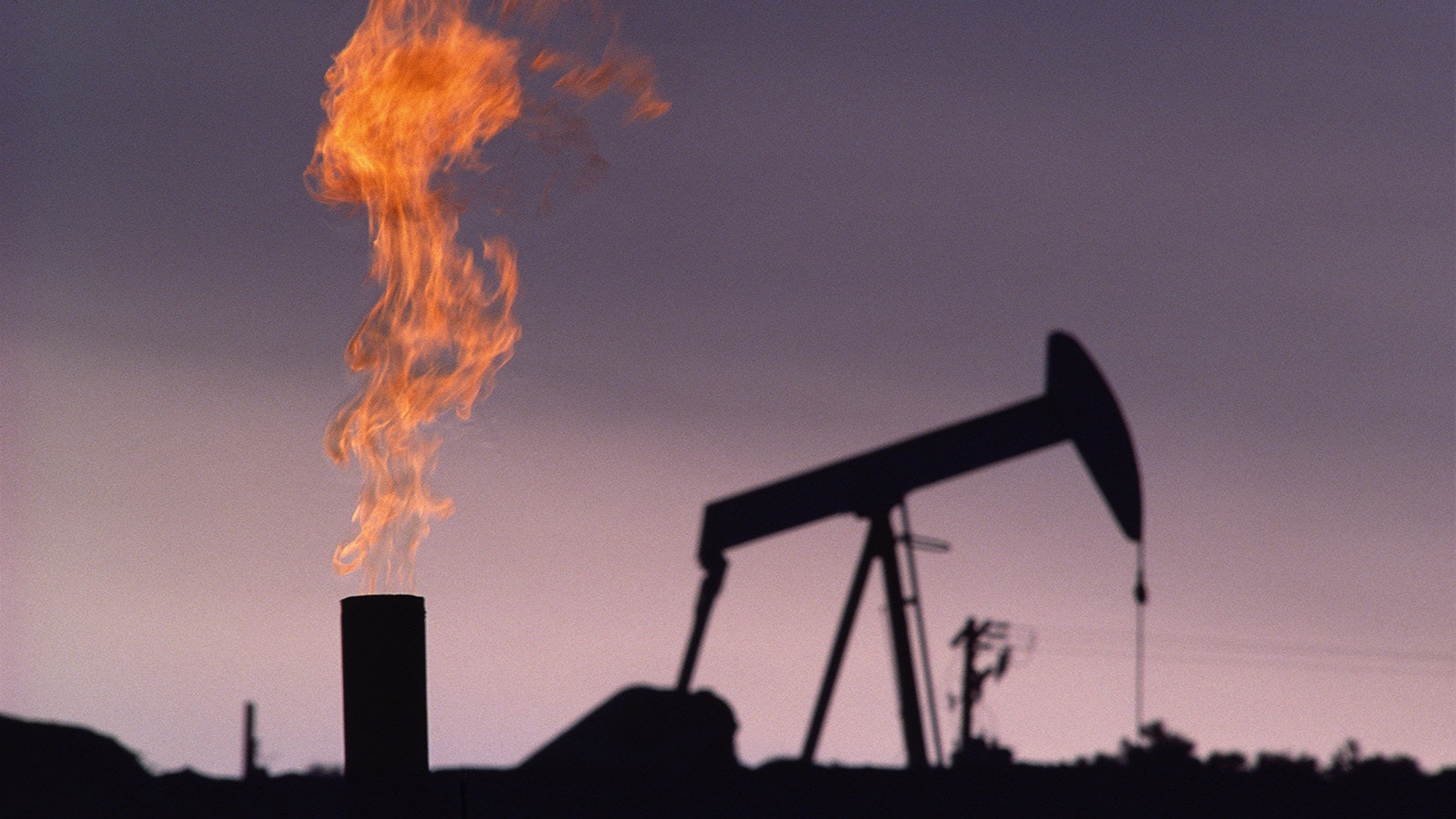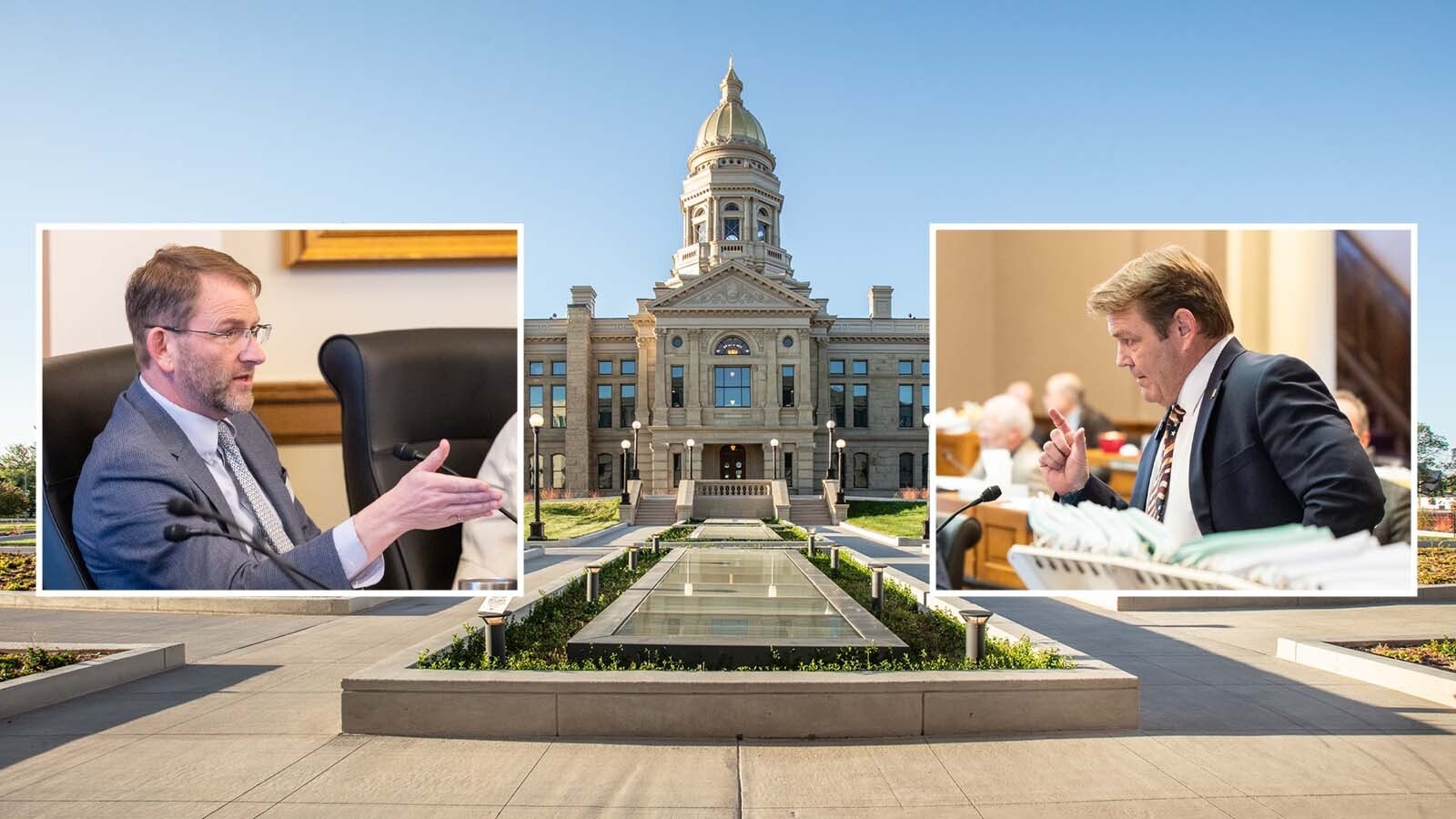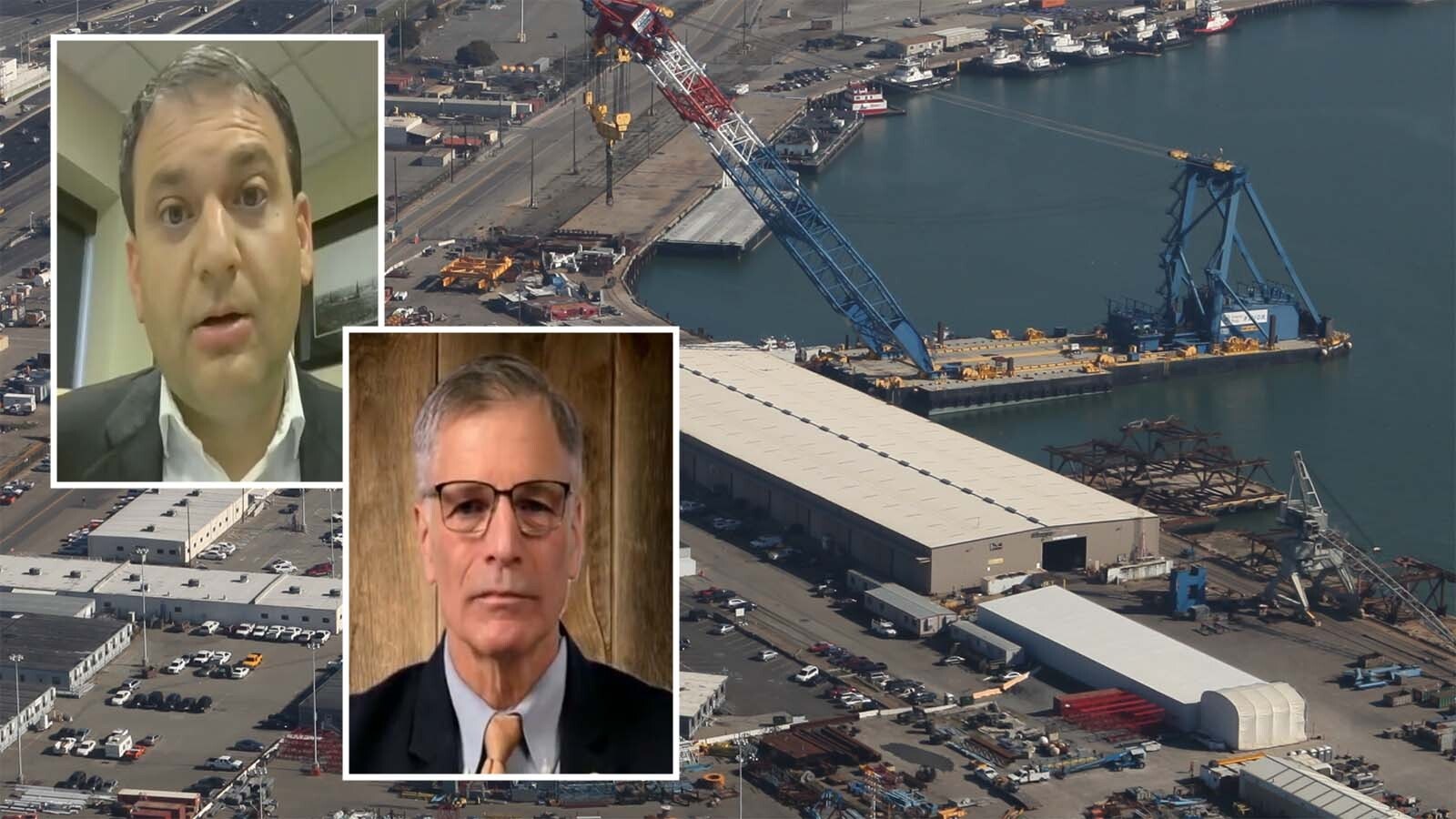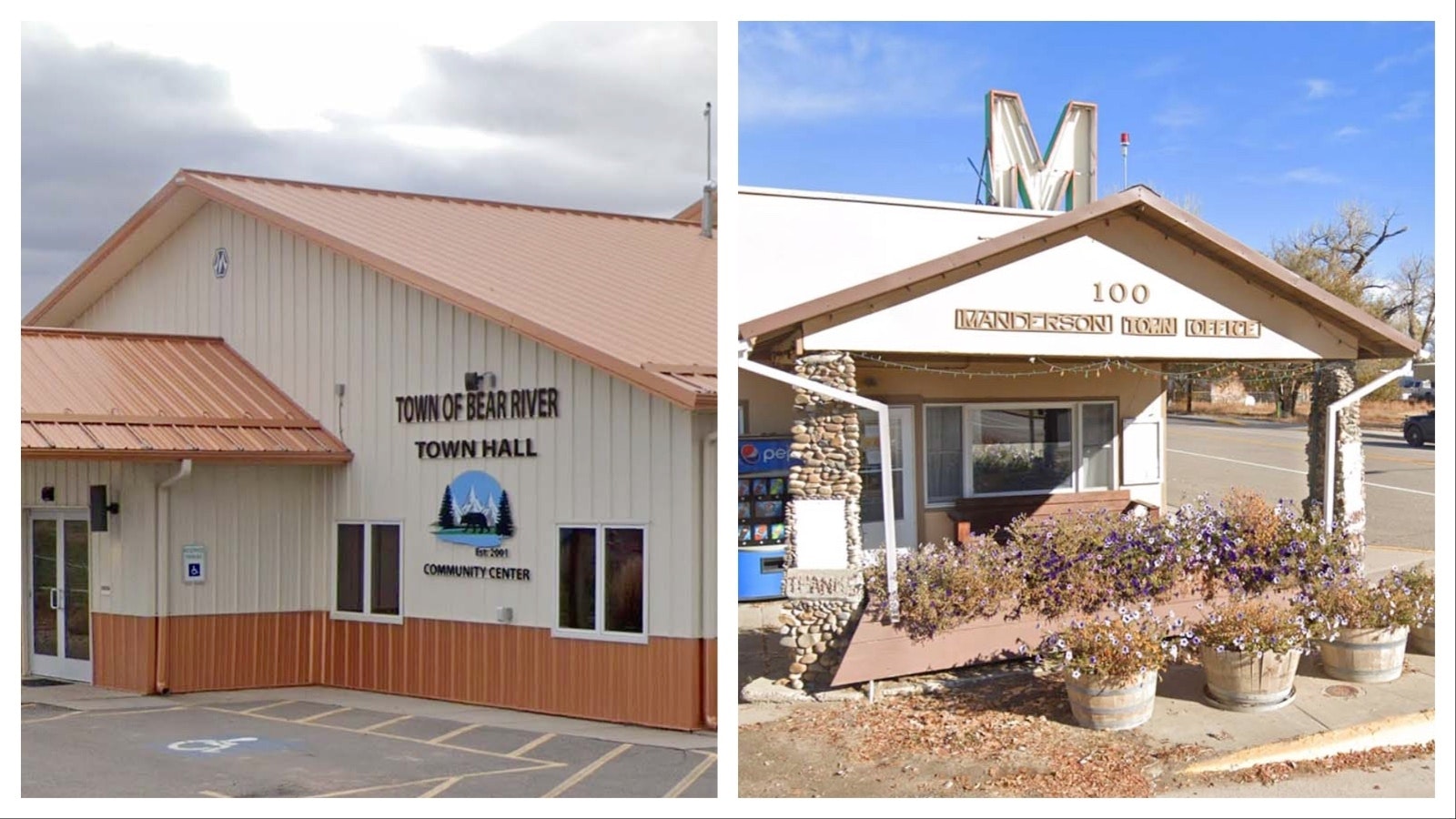CHEYENNE — Natural gas revenues have helped fuel a continued better-than-expected forecast for Wyoming’s financial picture with current projections about $178 million more than initially expected, and a projected surplus of nearly $870 million through 2026.
For the second straight year, Wyoming’s economic picture is turning out much better than predicted, and the biggest reason is higher natural gas prices.
The Consensus Revenue Estimating Group (CREG) presented its October report to the Joint Appropriations Committee on Wednesday that outlines the state’s financial status.
Don Richards, co-chairman of the group, said the strong natural gas prices seen in December 2022 and January 2023 led to much of the higher-than-expected revenues. Richards said he sees this as a one-time bump that he doesn’t expect to happen again.
“We’ve enjoyed the good times and now we’re looking for more modest natural gas prices,” Richards said.

A Positive Outlook
Still, the overall budget picture is looking strong entering the Legislature’s 2024 budget session.
In July, CREG put out a revenue update for the 2023 fiscal year, including a forecast of around $160 million to $165 million more than anticipated. The forecast has grown by about $13 million since that time to nearly $180 million.
“They (natural gas prices) were extraordinary. They were something that has never been seen in the state of Wyoming’s history in terms of those prices,” Richards said. “That is not an event I believe is likely to occur on an annual basis.”
Actual revenues from the 2023 fiscal year exceeded forecasts for the General Fund and Budget Reserve Account by $177.3 million.
CREG is the official estimating body for all revenues received by the Wyoming state government. The group submits revenue estimates to coincide with the preparation of the governor’s biennial and supplemental budgets. CREG uses its revenue projections to help forecast the state’s future income.
Richards said persistent and elevated inflation has affected the state’s sales and use tax, investment and residential property tax revenues.
$868 Million Surplus
Within the governor’s proposed budget that the Legislature will consider and finalize in its next session, there will be four years of actual and projected revenues. Forecasts now show an increase of $252 million over the next three years, and $429.2 million over the next four when compared to prior forecasts.
Richards described the latter figure as a “modest change” that doesn’t significantly affect the state’s overall revenue picture.
Perhaps the more significant number to consider is an $868 million surplus forecasted for the current and next biennium that ends in 2026. This money will go into the general fund side of the budget and can be spent and saved.
Appropriations Committee Co-Chair Rep. Bob Nicholas, R-Cheyenne, said the state is looking at about $75 million to $100 million in additional annual revenue from what it had in the past. Richards said he expects the $252 million the state is forecasted to receive over the next three years to be recurring.
These surpluses were also boosted by the $168.7 million in increased property tax revenue seen throughout the state.
Property Tax Picture
Whether to spend or save that money is a question that directly ties into the hot button topic of property taxes in Wyoming. Rising property taxes has been one of the most controversial topics in Wyoming over the last few years, with many residents and conservative legislators beating the drum for immediate property tax reform.
There was a 17% increase in property tax values in 2022 and 14% in 2023. CREG had projected a 9% increase for 2023.
Richards said 35% of residential property tax increases came from Teton County alone, with northern Lincoln County also showing substantial growth. Fifteen of the state’s 23 counties experienced growth that was 10% or larger. Compounded, there was a 65% increase in property taxes seen over the last two years in some counties.
Even in low population counties like Niobrara County, Richards said there was notable growth. Although the property tax growth was not uniform, Richards said it was felt throughout the state on some level.
The department is projecting a 5% property tax growth in 2024.
“We’re still saying increases, but increasing at a decreasing rate,” Richards said.
Nationally, the median price of a single-family home has dropped precipitously over the past year while mortgage rates have been increasing.
Richards said rural properties are still commanding higher prices than single family homes located in more urban and developed areas. He said these national trends are not necessarily reflected in Wyoming, but it is influencing their forecasting.
“We’re not saying that there will be a decline,” Richards said. “Nonetheless, the data we have available to ourselves suggests that we’re seeing a decline in the increase of property tax assessed valuations.”
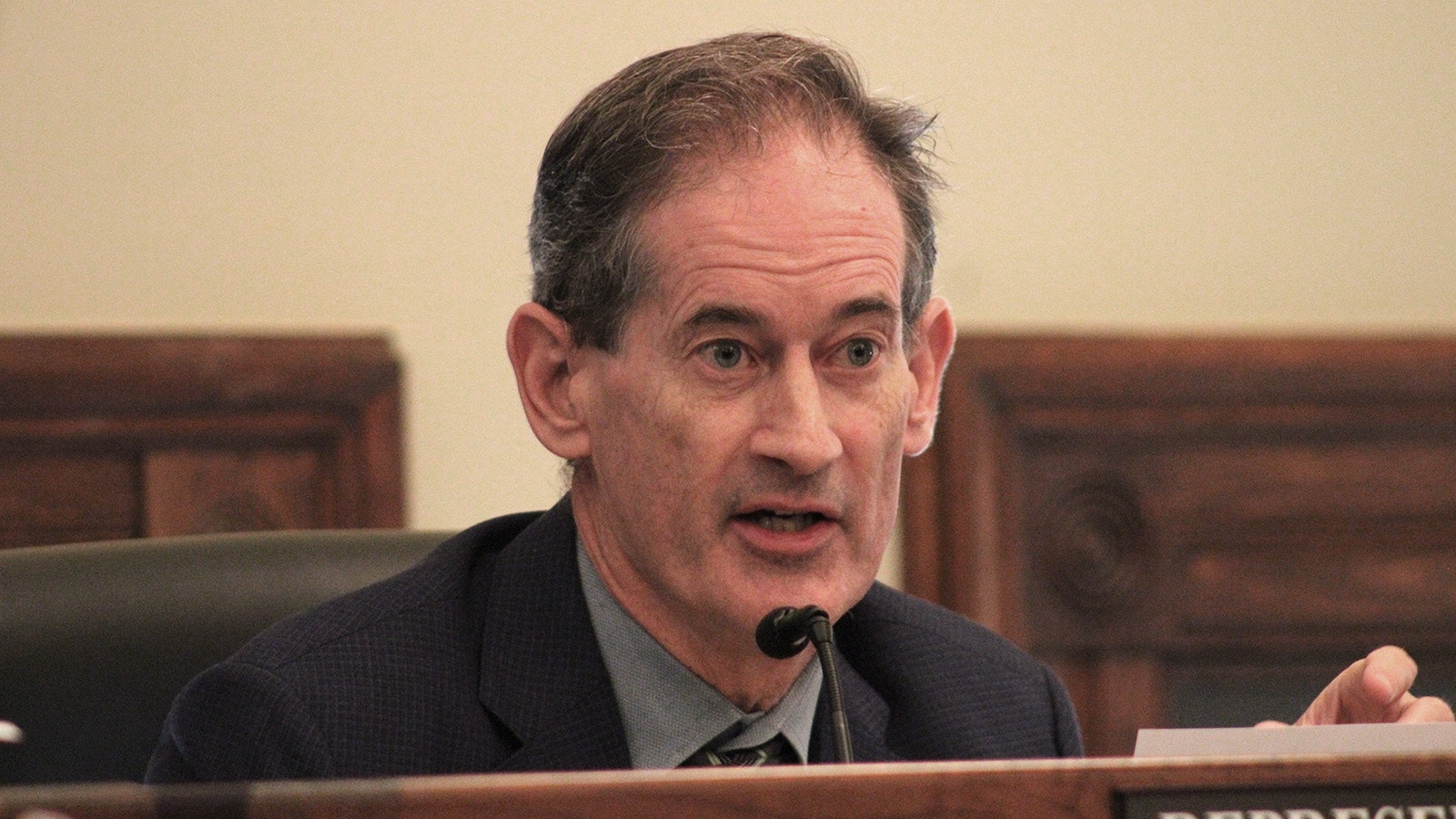
More Opportunity To Cut
State Rep. Clark Stith, R-Rock Springs, said the surplus creates an opportunity to cut property taxes but was noncommittal about how and what this would look like.
“The challenge will be having to allocate all the money,” Stith said. “Sometimes it’s harder to have too much money than not enough.”
Republican Sen. Tim Salazar, a hardline conservative legislator from Riverton, said property tax reform will be one of his main priorities of the 2024 legislative session. During a recent town hall, Salazar said it was the biggest issue brought up by his constituents.
“Seniors and all the citizens in my district are having to choose between putting food on the table, buying groceries, and paying property taxes,” Salazar said. “We will have to see where we can find money for property tax reform and spending reductions.”
On the House side, although the 26 hardline conservative members of the Wyoming Freedom Caucus don’t hold a majority, they do possess a strong veto power by the fact that any bill needs a ⅔ majority to be introduced for discussion and passage during a budget session.
Rolling In The Dough
In total, the four-year projection has now increased by $429 million over the next four years, creating about $175 million in excess revenue per year.
Although he wouldn’t describe it as diversified “by any stretch of the imagination,” Richards said the state’s economy is more balanced now than it has been in the recent past.
Investment earnings exceeded the 2023 forecast by $43.4 million or 73%. CREG is projecting these earnings to grow considerably for the non-permanent funds moving forward.
Around 18 months ago, Richards said the state was earning very little money on its savings account. He mentioned how the state has built up around $500 million from its America Rescue Plan Act funds on 5.6% growth.
“That has a material impact on the state’s bottom line,” Richards said.
Actual revenue for the School Foundation Program exceeded forecasted revenues by $218.9 million for 2023 and $456 million over the next four years. This comes on the heels of a projected decline of this account. Richards once again attributed this to the strong natural gas performance and timing of tax payments. As a result, Richards bumped the up projected revenue for the schools fund by a total of $237.4 million over the next four years.
For the 2025-2026 biennium, the schools account is projected to have a roughly $1 billion balance.
Richards also said oil and gas companies have also been paying their taxes quicker than forecasted to the state as well.
As of June 30, the transfer from the Budget Reserve Account transfer to the Legislation Stabilization Reserve Account has grown to $305.9 million, which Richards described as “the most important number of the day.”
CREG is projecting future sales and use tax revenue to continue growing and exceed earlier forecasts, and severance tax revenue to decline.
Actual sales and use tax revenue was $635.9 million in fiscal year 2023, a 13% increase from the year prior. This exceeded the projected revenue by $35.9 million. It’s the second consecutive year of double-digit sales tax growth for sales tax revenue.
Some Signs Of Concern
Despite recent success, the state continues to project coal and natural gas production to decline in the long term based on the performance of these industries over the last 10-15 years. CREG increased its outlook for oil, coal and trona prices and decreased its outlook for natural gas prices and production and trona production.
Trona prices have increased by $30 per ton over the last six months, which Richards said is very unusual for this industry. He said this has resulted from strong overall growth and a good current market for trona.
There will be new trona production in Wyoming in the near future, but Richards said current trona production has been lagging behind original forecasts.
A new multibillion trona effort in Mongolia, Richards said, could indirectly hurt Wyoming’s production, but in the larger picture, trona production makes up a relatively small portion of the state’s revenue.
September sales tax collections for the general fund were the first in 22 months to show a year-over-year decline, which Richards described as a concerning trend. He projects a modest 0.9% increase in sales tax revenue in the next fiscal year.
The CREG doesn’t look past the current biennium as it must wait for the governor’s recommended budget for the 2025/2026 fiscal year, which will be released on Nov. 20.
Richards stressed to the committee that it’s better to conservatively forecast revenue than to over-project, a sentiment Stith said he agrees with.
“You have to be careful and patient with forecasts,” Stith said. “If you have to be very wrong, you want to be wrong on the low side rather than come up short.”
Richards said he doesn’t know of another state that makes as much effort to reach out to the state’s largest taxpayers to see how their industry feels about the future.
“Their candid conversations and outlooks for individual enterprises is invaluable to this report and is truly an unusual aspect of Wyoming’s forecasting process,” he said.
Leo Wolfson can be reached at leo@cowboystatedaily.com.

